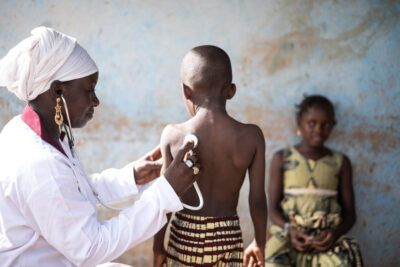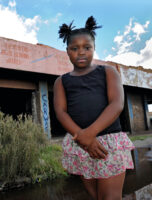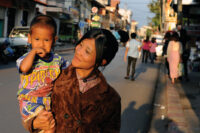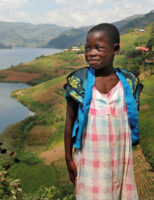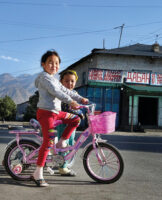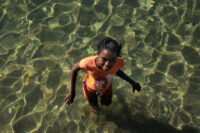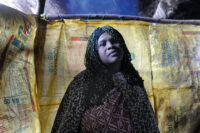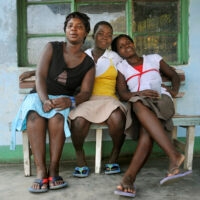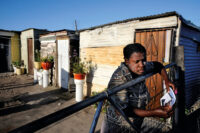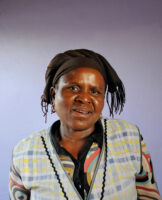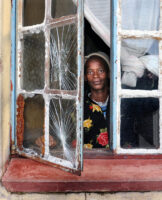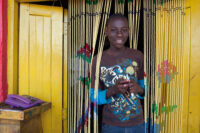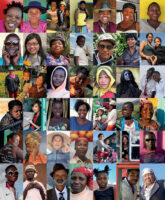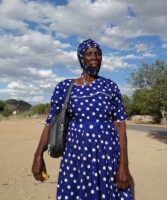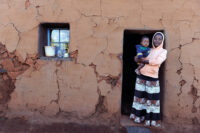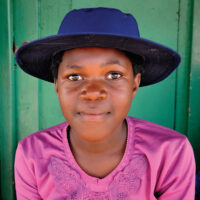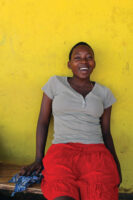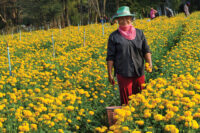Main content
Skin diseases in developing countries are often considered less of a health priority than diseases like HIV/AIDS which have a higher mortality. However, the many adults and children that suffer from common skin disorders like pyoderma, scabies, tinea capitis, pediculosis capitis and acne have significant morbidity. In many parts in Africa skin diseases account for up to 20% of the visits to primary health care facilities. In addition because the majority of skin diseases can easily be treated with cheap and simple medication and dermatological preparations it is important to pay attention to this.
Dermatological Preparations for the Tropics is a practical guide that can assist health care workers in finding and producing an effective treatment for most skin diseases. Special attention is paid to different dermatological disorders and which therapies could be used, how they work and which therapies are suitable for use in a tropical environment.
Most importantly this book describes the Basic Standards of Good Manufacturing Practice including which equipment to use, hygiene and the procedures to follow for manufacturing dermatological preparations on a larger scale. The book also explains in a very clear and understandable way how to produce these preparations and it discusses the stability of the preparations in tropical environments. Domestic production of skin preparations can be a good start for building self-reliance in medicine manufacturing.
Dermatological Preparations for the Tropics is the result of cooperation between dermatologists, pharmacists and public health specialists. It is a very practical guide that will help pharmacists and pharmacy technicians to prepare simple dermatological preparations at very low cost. It is highly recommended for all health care workers who want to treat many patients with skin diseases with cheap preparations which are still of good quality.
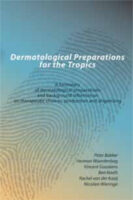
Dermatological Preparations for the Tropics
Authors:
Peter Bakker,
Herman Woerdenbag,
Vincent Gooskens, Ben Naafs,
Rachel van der Kaay,
Nicolien Wieringa
The book will also become available online, at www.africanskindiseases.org.

